20.12.2024
Here's what to know before the SpaceX rocket launch from Cape Canaveral Friday night

SpaceX is seeking to light up the Friday night sky with the Space Coast's 91st launch of the year!
While SpaceX has yet to confirm the timing of this launch, the Federal Aviation Administration lists the launch of the Astranis satellites occurring during a window from 10:39 p.m. Friday night to 2:58 a.m. Saturday morning. SpaceX typically confirms the expect time they are aiming for on the day of the launch − taking into account forecasted weather conditions at the launch pad and booster recovery location.
According to the Space Force's 45th Weather Squadron, there is a greater than 95% chance of favorable conditions during this Friday night launch opportunity. Booster recovery weather is also predicted to have a low chance of a violation. This means, unless the weather changes, the Space Coast is set to see SpaceX light up the skies Friday night.
What is this SpaceX rocket launch from Florida?
This 91st launch of the year will see SpaceX launch four satellites for Astranis Space Technologies. According to Astranis' website, they build the most advanced satellites for higher orbits. The satellites launching on Friday night are headed to Geostationary orbit − a stable and very high orbit, over 22,000 miles in altitude to be exact. For reference, the ISS only orbits at 254 miles.
Their website states, "The higher you go, the fewer satellites you need to provide constant service — all the way to GEO, where a single satellite can carry out a 24/7 mission on its own. Fewer satellites mean lower costs, simpler and cheaper user terminals, and savings that are passed on to end customers".
Quelle: Florida Today
----
Update: 28.12.2024
.
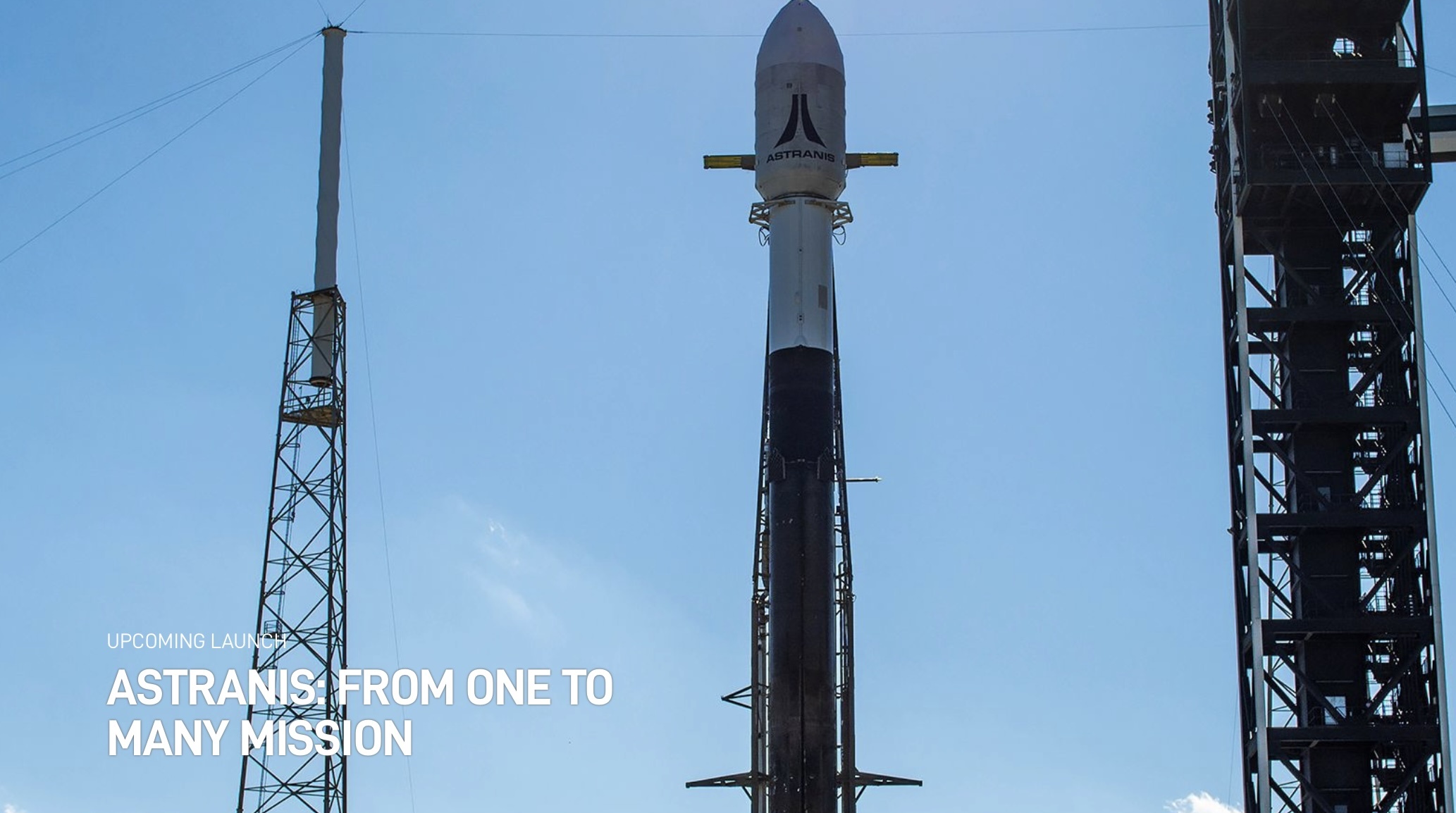
SpaceX is targeting Sunday, December 29 for Falcon 9’s launch of the Astranis: From One to Many mission to a geosynchronous transfer orbit from Space Launch Complex 40 (SLC-40) at Cape Canaveral Space Force Station in Florida. The 2.5-hour window opens at 12:00 a.m. ET. If needed, a backup opportunity is available later that night during a 3.75-hour window that opens at 10:43 p.m. ET.
A live webcast of this mission will begin about 15 minutes prior to liftoff, which you can watch here and on X @SpaceX. You can also watch the webcast on the new X TV app.
This will be the seventh flight for the Falcon 9 first stage booster supporting this mission, which previously launched Crew-8, Polaris Dawn, CRS-31, and three Starlink missions. After stage separation, the first stage will land on the A Shortfall of Gravitas droneship, which will be stationed in the Atlantic Ocean.
Quelle: SpaceX
----
Update: 29.12.2024
.
On Sunday, December 29 at 12:00 a.m. ET, Falcon 9 launched the Astranis: From One to Manymission to a geosynchronous transfer orbit from Space Launch Complex 40 (SLC-40) at Cape Canaveral Space Force Station in Florida.
This was the seventh flight for the Falcon 9 first stage booster supporting this mission, which previously launched Crew-8, Polaris Dawn, CRS-31, and three Starlink missions.
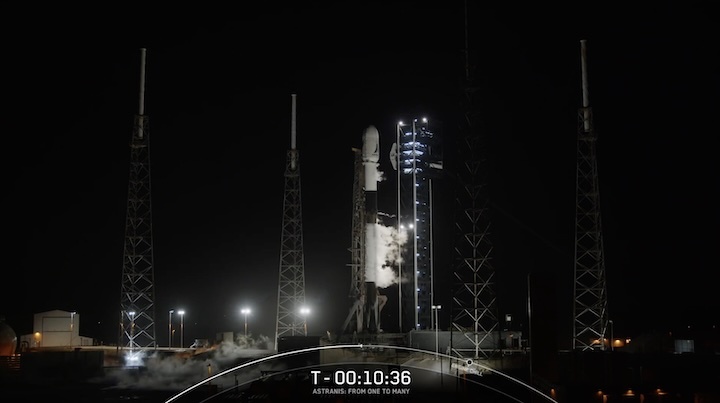

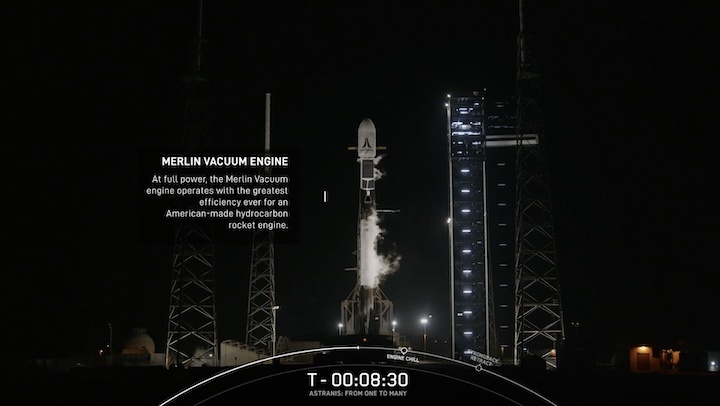
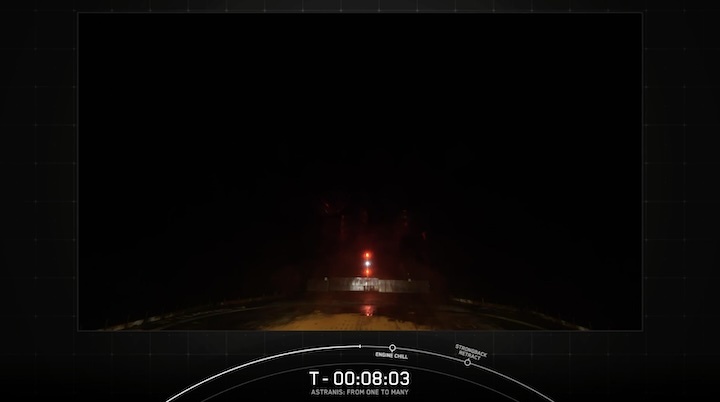
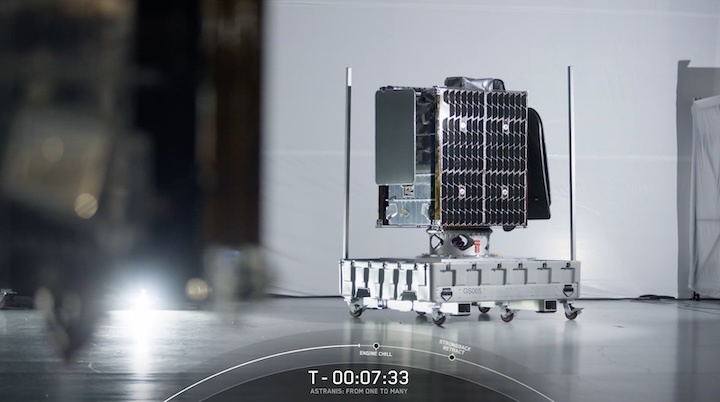
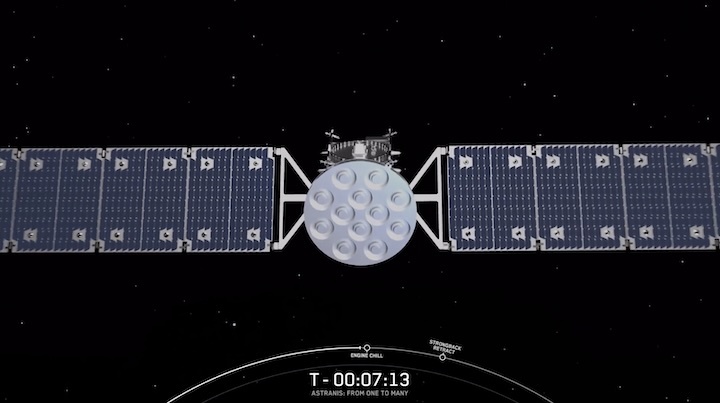
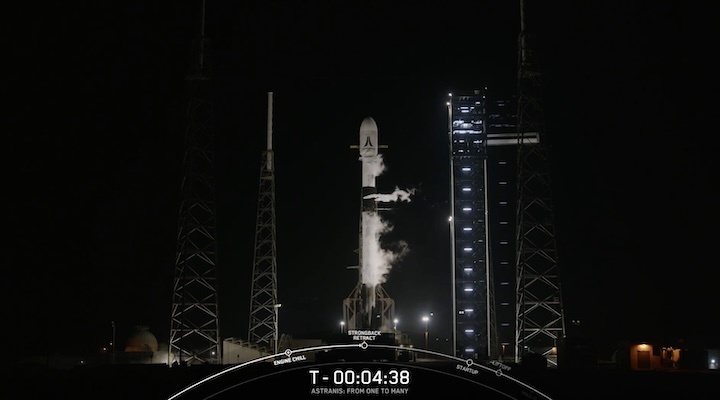
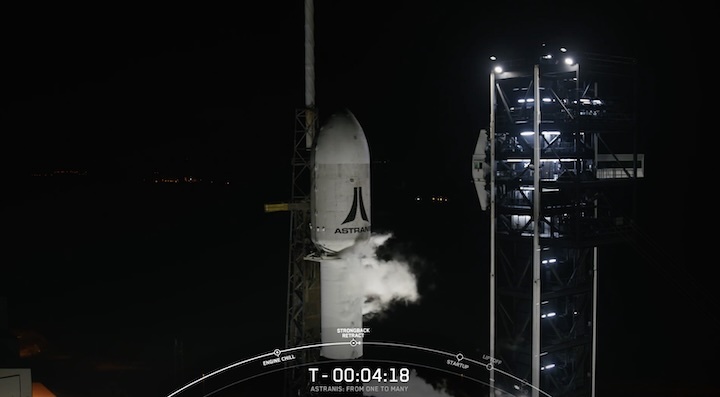
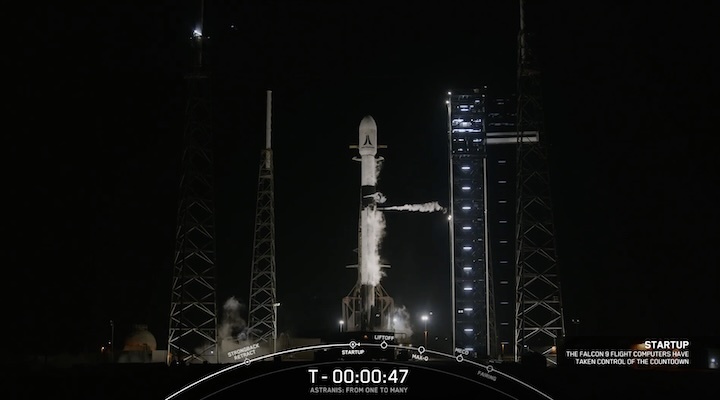
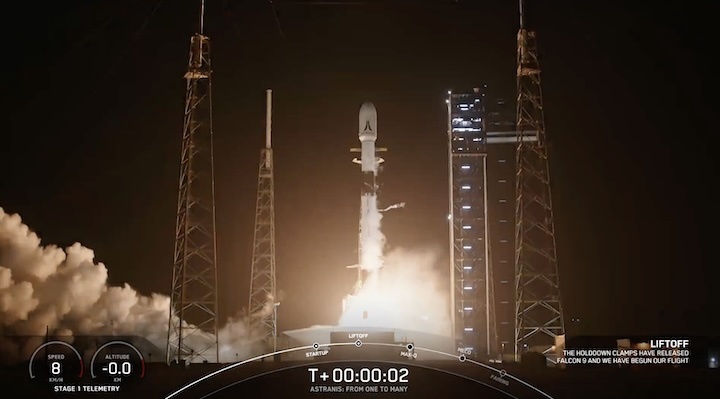
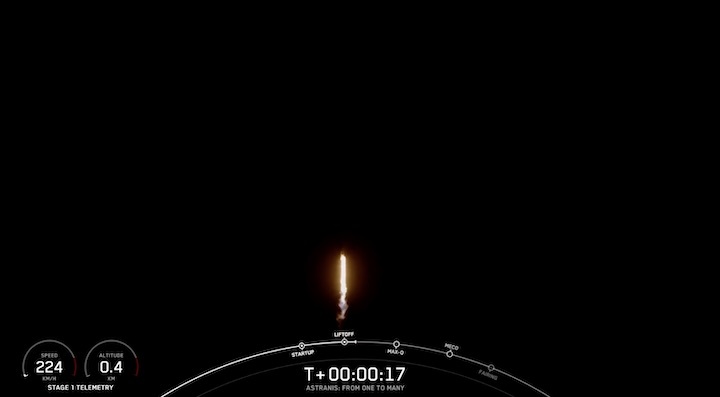
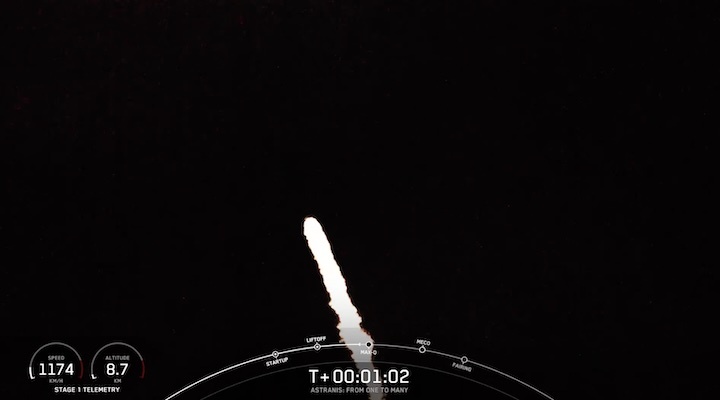
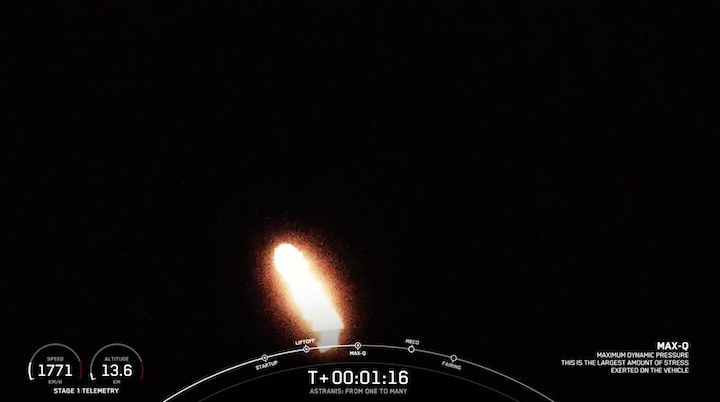
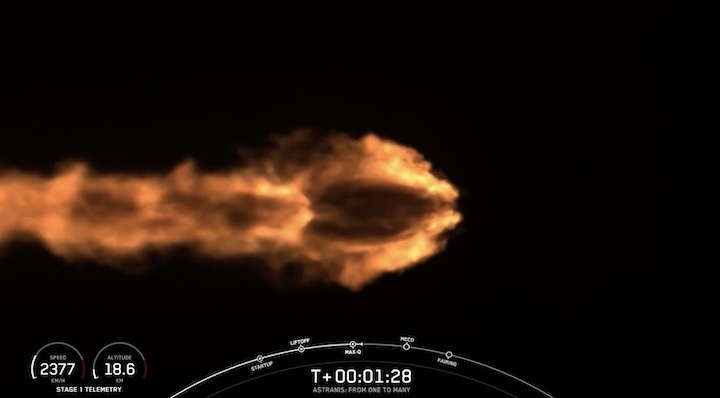
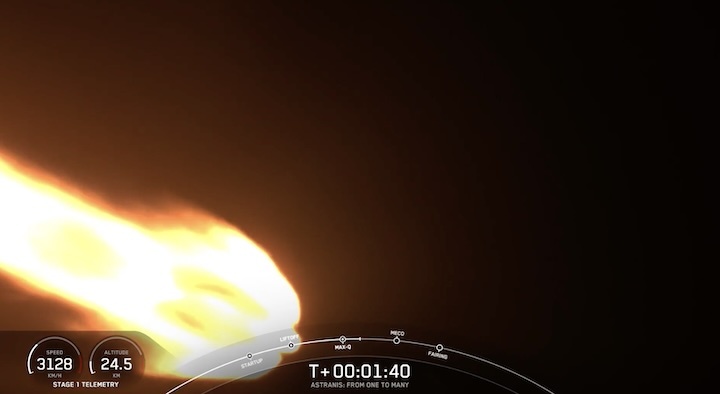
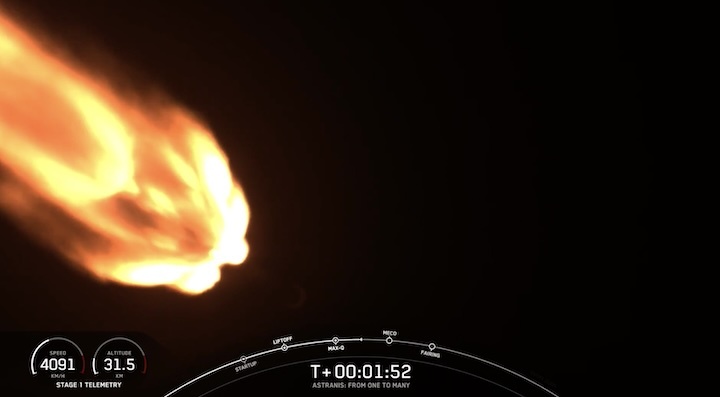
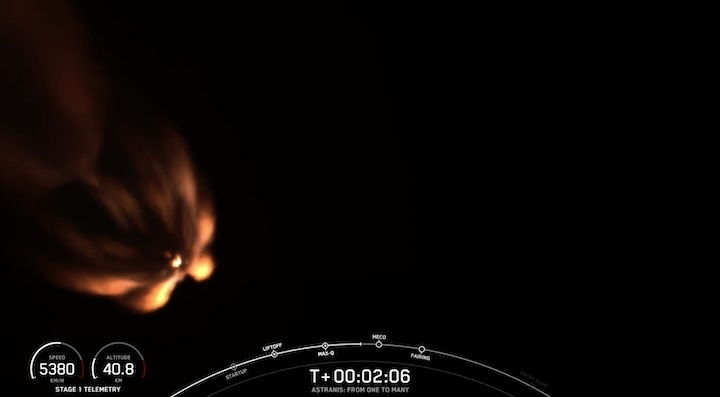
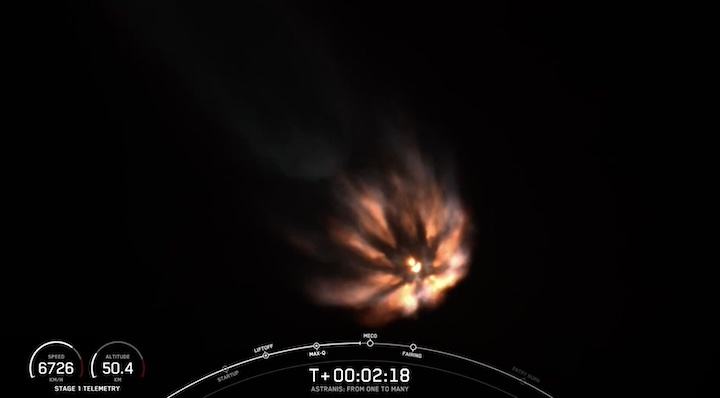
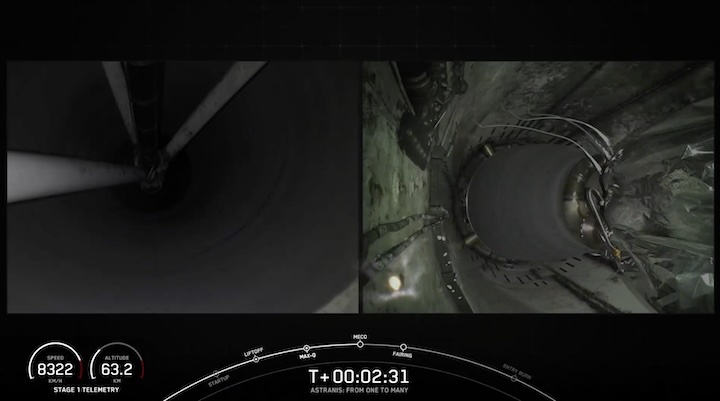
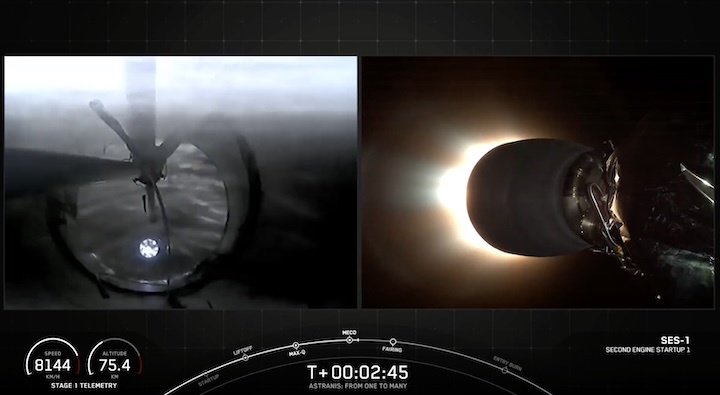
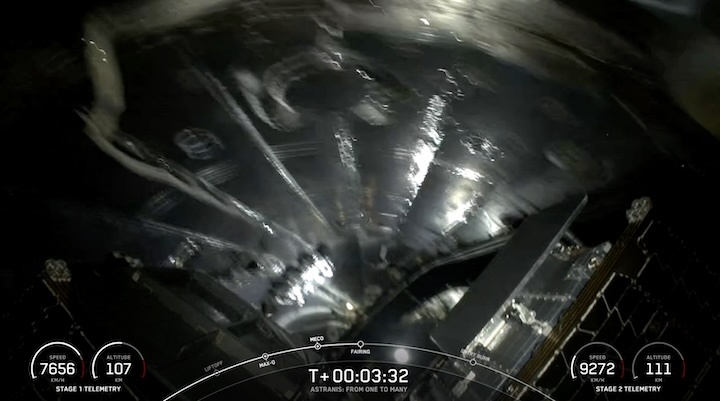
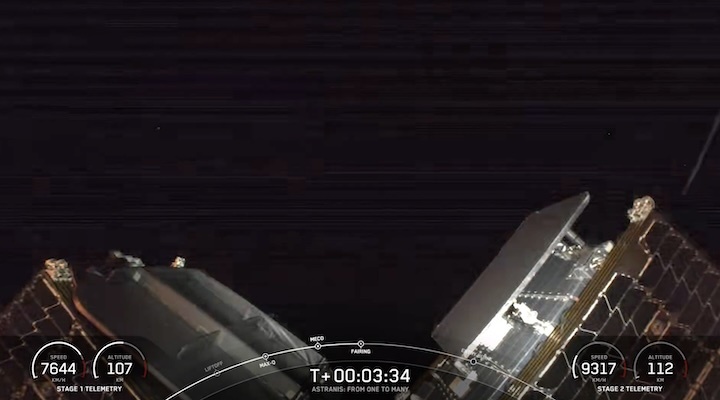
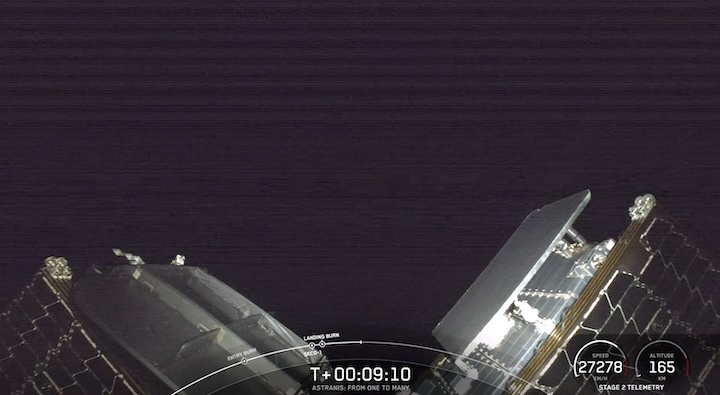
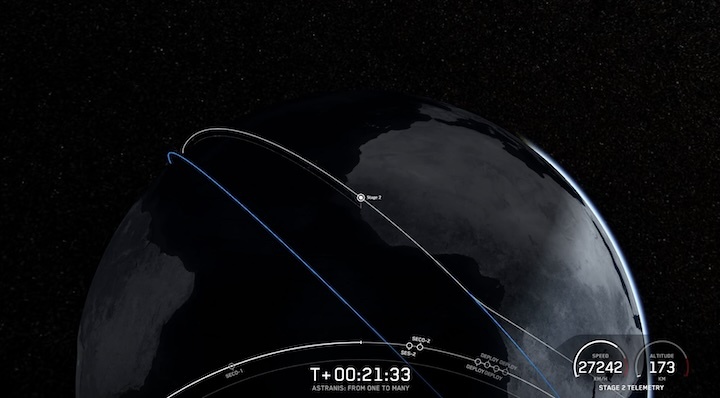

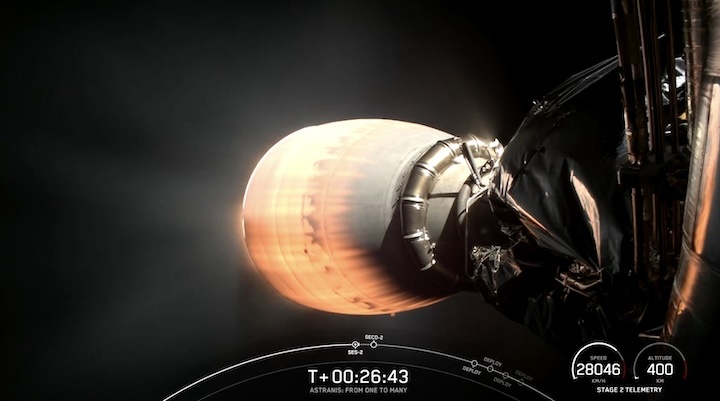
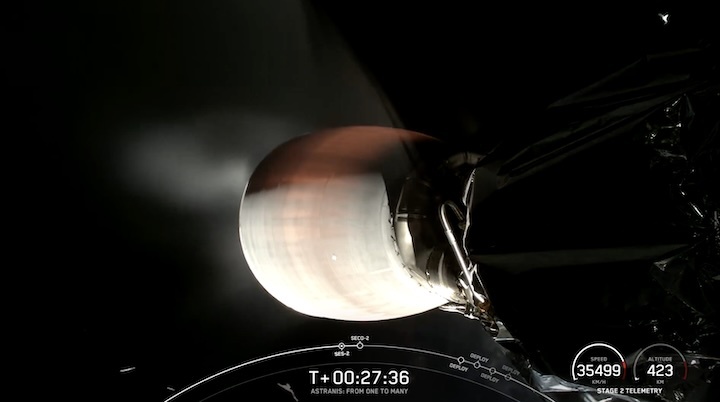
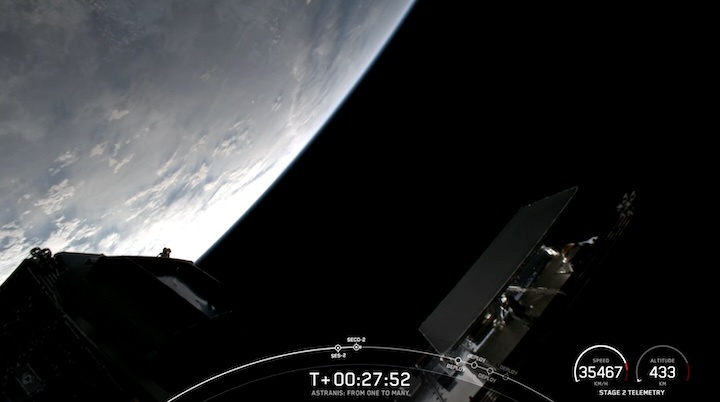
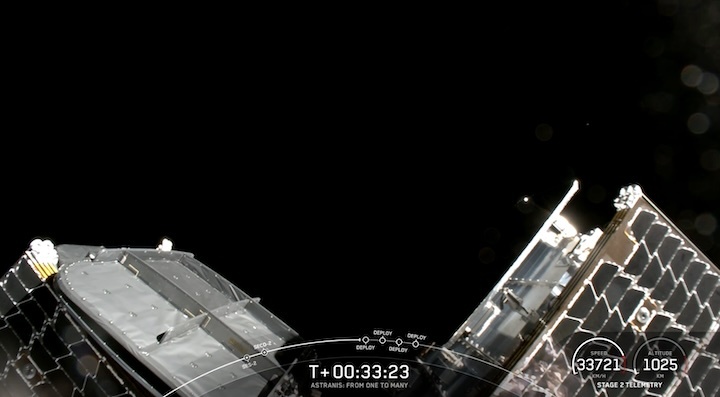
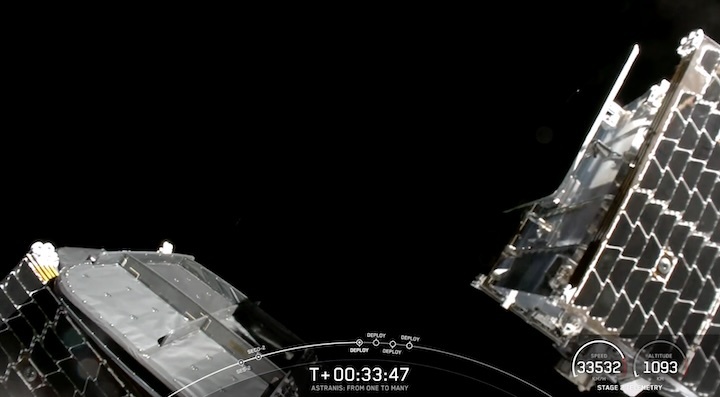
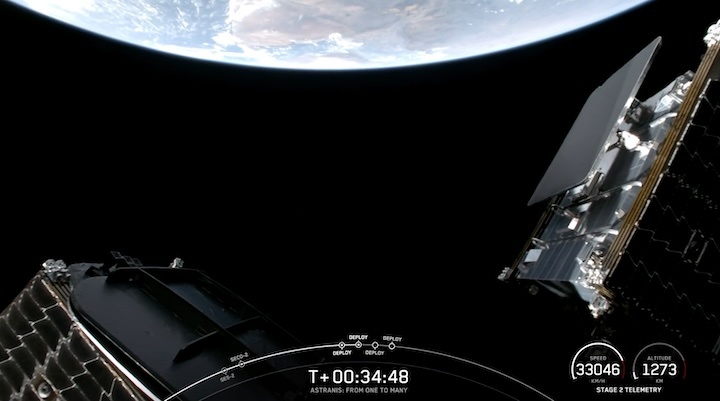
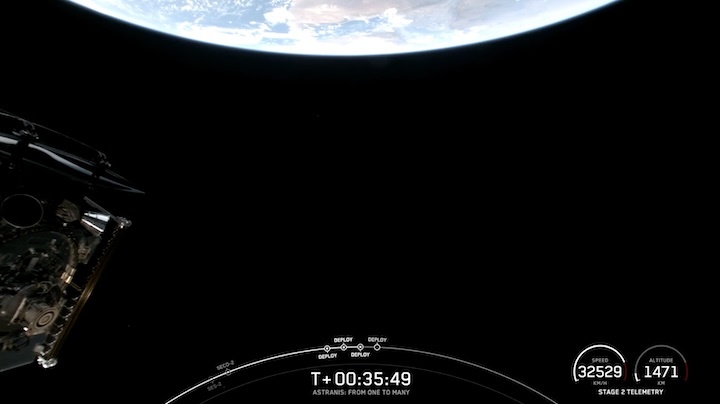
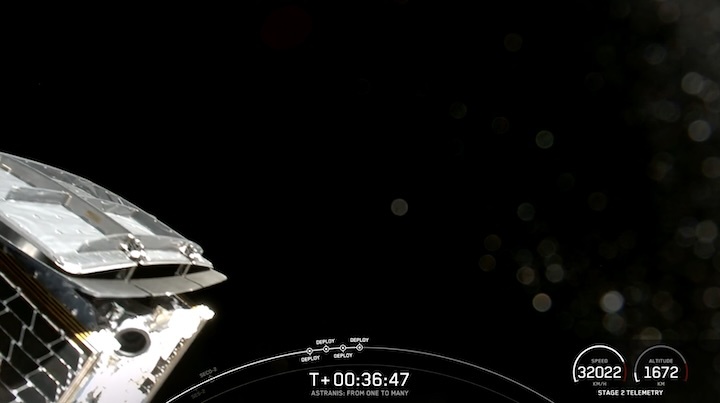
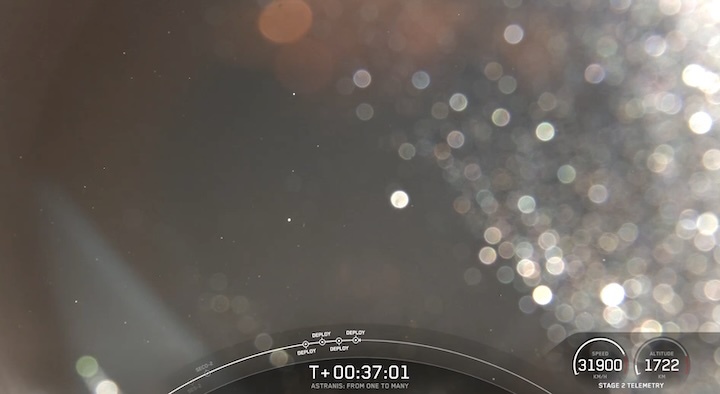
Quelle: SpaceX
